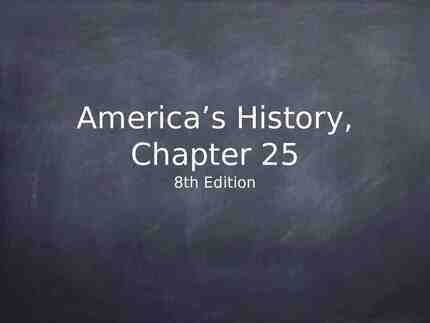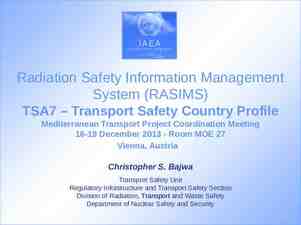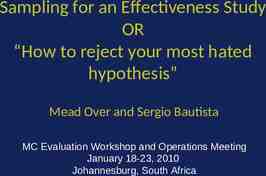A Deeper Look at LTE Iyappan Ramachandran Agilent Technologies May
19 Slides2.81 MB
A Deeper Look at LTE Iyappan Ramachandran Agilent Technologies May 20, 2010
Cellular Comms Evolution 3GPP – collaboration for 3G based on GSM 3GPP2 – collaboration for 3G based on IS-95 LTE
LTE PHY Basics Six bandwidths – 1.4, 3, 5, 10, 15, and 20 MHz Two modes – FDD and TDD 100 Mbps DL (SISO) and 50 Mbps UL Transmission technology – OFDM for multipath resistance – DL OFDMA for multiple access in frequency/time – UL SC-FDMA to deal with PAPR ratio problem
Frame Structure Frame Structure Type 1 (FDD) Frame Structure Type 2 (TDD)
Resource grid One downlink slot, Tslot 6 or 7 OFDM symbols Resource block : Transmission BW Resource element 12 subcarriers : l 0 l 6 6 or 7 OFDM symbols in 1 slot Subcarrier spacing 15 kHz Block of 12 SCs in 1 slot 1 RB – 0.5 ms x 180 kHz – Smallest unit of allocation
2-D time and frequency grid a 1r d io a -f r m #4 e #5 Tim 1 (3 0 s) T x #3 e #2 #1 NscRB subcarriers ( 12) #0 1 0.5 slot m se c Power b Su fr am e c se 0m 20 07 #19 #18 #17 #16 Frequency NBWDL subcarriers
DL PHY Channels and Signals Signals: generated in PHY layers – P-SS: used for initial sync – S-SS: frame boundary determination – RS: pilots for channel estimation and tracking Channels: carry data from higher layers – – – – – PBCH: broadcast cell-specific info PDCCH: channel allocation and control info PCFICH: info on size of PDCCH PHICH: Ack/Nack for UL blocks PDSCH: Dynamically allocated user data
DL Channel Mapping P-SCH - Primary Synchronization Signal S-SCH - Secondary Synchronization Signal PBCH - Physical Broadcast Channel PDCCH -Physical Downlink Control Channel PDSCH - Physical Downlink Shared Channel Reference Signal – (Pilot) 16QAM 64QAM QPSK Time Frequency
DL signal demo (1) DL 5 MHz FDD signal in AWGN channel
DL signal demo (2) DL 5 MHz FDD signal in frequency-selective channel
UL PHY Signals and Channels Signals: generated in the PHY layer – Demodulation RS : sync and channel estimation – SRS: Channel quality estimation Channels: carry data from higher layers – PUSCH: Uplink data – PUCCH: UL control info – PRACH: Random access for connection establishment
UL Channel Mapping 64QAM 16QAM QPSK PUSCH Demodulation Reference Signal (for PUSCH) QPSK BPSK PUCCH Demodulation Reference Signal (for PUCCH format 0 or 1, Normal CP) Time Frequency
UL signal demo UL 5 MHz FDD signal in AWGN channel
MIMO in LTE Rel 8 defines MIMO only for DL 1, 2 and 4 transmit antennas defined for – Transmit Diversity (TxDiv) – Spatial Multiplexing (SpMux) Control channels undergo TxDiv based on SFBC Data channels may undergo TxDiv or SpMux
Orthogonal RS locations channel matrix needs to be known in advance for equalization
DL MIMOsignal demo DL 5 MHz TDD 4x2 MIMO signal in frequency-selective channel
Thank you!
Backup slides
SC-FDMA
























